Communicable and infectious diseases
1/20
There's no tags or description
Looks like no tags are added yet.
Name | Mastery | Learn | Test | Matching | Spaced |
|---|
No study sessions yet.
21 Terms
infectious diarrhea
Diarrhea caused by a pathogenic microorganism (bacteria, virus, or parasite) ingested through contaminated food or water.
Risk: Primary risk is dehydration and electrolyte imbalance, especially in children and the elderly.
ort management (Oral rehydration therapy)
Goal: To prevent or treat dehydration caused by diarrhea.
Method: Administration of a pre-mixed or home-prepared Oral Rehydration Solution (ORS) containing a balanced mix of water, specific electrolytes (sodium, potassium), and sugar (glucose).
Principle: Glucose helps the small intestine absorb water and sodium more efficiently.
rubeolla (measels)
Highly contagious viral illness.
Key Manifestations: High fever, the "3 C's" (Cough, Coryza (runny nose), Conjunctivitis), and the characteristic Koplik spots (small, white spots on the buccal mucosa) which appear before the rash.
Rash: Reddish-brown, maculopapular rash that starts on the face and spreads downward.
Airborne precations
MMR vaccine
rubella (german measels)
Milder viral illness.
Key Risk: Most significant concern is Congenital Rubella Syndrome (CRS) if a pregnant woman contracts it, leading to severe birth defects.
Rash: Mild, pinkish-red rash that starts on the face and spreads quickly. Swollen lymph nodes (especially post-auricular and sub-occipital).
Droplet precautions
MMR vaccine
mumps
Viral illness primarily affecting the parotid glands.
Key Manifestation: Painful, swelling of one or both parotid salivary glands (parotitis).
Complications: Can lead to orchitis (testicular inflammation) in post-pubertal males, or meningitis.
Droplet precautions
MMR Vaccine
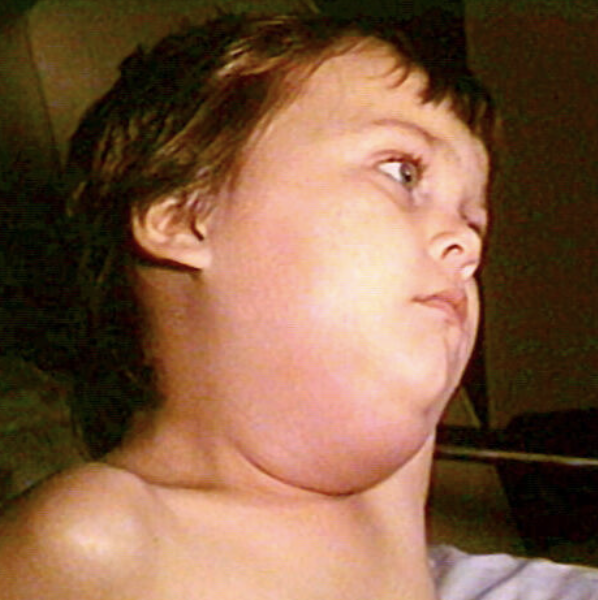
varicella
Highly contagious viral infection caused by the Varicella-Zoster Virus (VZV).
Manifestations: Maculopapular rash that progresses to characteristic fluid-filled vesicles (blisters) that eventually crust over. Lesions often appear in "crops" in different stages of healing.
Risk: Can reactivate later in life as Herpes Zoster (Shingles).
Airborne and contact
Varicella vaccine
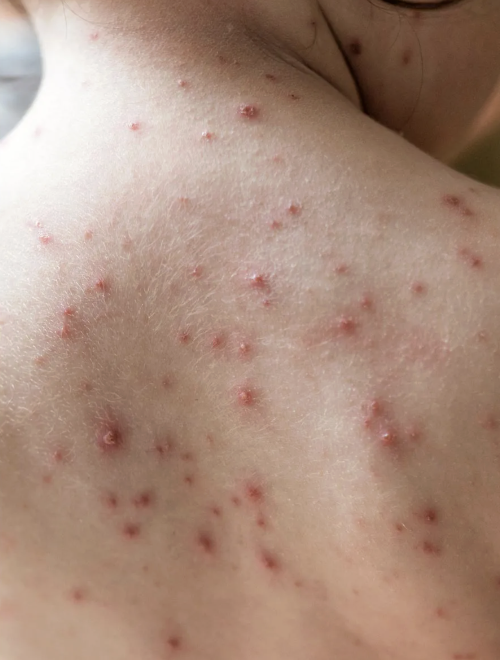
pertussis (whooping cough)
Highly contagious bacterial infection caused by Bordetella pertussis.
Manifestations: Severe, characteristic "whoop" sound on inspiration following a series of rapid, forceful coughs (paroxysmal coughing).
Risk: Significant risk for infants who may not be fully immunized, leading to apnea (cessation of breathing) and hospitalization.
droplet
tdap vaccine
scarlet fever
Caused by a toxin produced by Group A β-Hemolytic Streptococcus (GABHS), the same bacteria that causes Strep Throat.
Manifestations: "Sandpaper" rash (finely papular, rough to the touch), usually starting on the neck and trunk and sparing the mouth area (circumoral pallor), and "strawberry tongue" (white coating with red papillae, later shedding to be just red and swollen).
Risk: Requires antibiotic treatment to prevent long-term complications like rheumatic fever or post-streptococcal glomerulonephritis (PSGN).
droplet
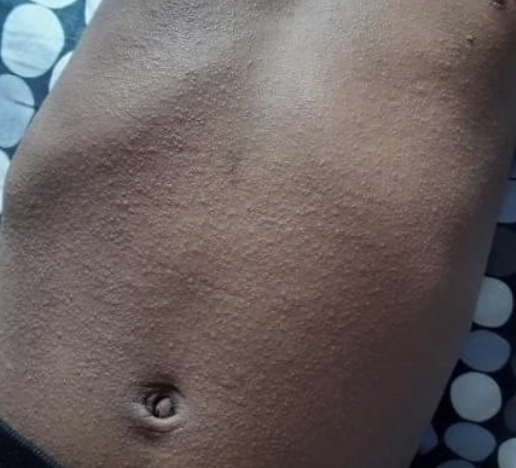
impetigo
Highly contagious bacterial skin infection, usually Staphylococcus aureus or GABHS.
Manifestations: Characteristic honey-colored crusts often around the nose and mouth.
contact
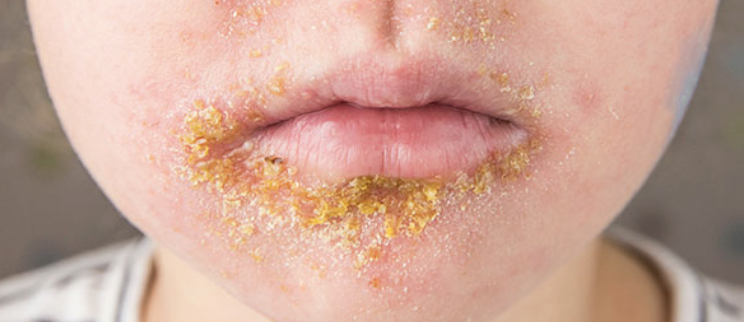
pediculosis
Infestation by parasitic insects (lice) and their eggs (nits) refers to head lice.
Manifestations: Intense itching (pruritus) and visualization of nits attached firmly to hair shafts.
contact
scabies
Infestation by the Sarcoptes scabiei mite.
Manifestations: Intense pruritus (worse at night), often presenting as linear burrows (tracks) in the skin, especially in finger webs, wrist creases, and other warm, moist areas.
contact
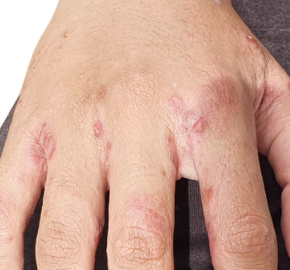
tineas (ringworm)
A group of fungal infections (dermatophytes), not a worm.
Manifestations: Varies by location (e.g., tinea corporis - body, tinea capitis - scalp). Often presents as circular, pruritic lesions with a clear center and scaly border.
standard
epstein barr virus (EBV)
Most commonly causes Infectious Mononucleosis ("Mono" or "Kissing Disease").
Manifestations: Extreme fatigue, fever, pharyngitis (sore throat), and lymphadenopathy (swollen lymph nodes).
Nursing Care: Rest, hydration, and pain relief. Risk of splenic rupture if enlarged, requiring avoidance of contact sports for several weeks.
standard
lyme disease
Bacterial infection transmitted via the bite of an infected tick (Borrelia burgdorferi).
Manifestations: The classic early sign is an expanding circular or oval rash called Erythema Migrans (EM), often described as a "bull's-eye" rash, although this isn't always present.
Treatment: Antibiotics. If untreated, it can affect the joints, heart, and nervous system.
tubercolosis
Bacterial infection caused by Mycobacterium tuberculosis, primarily affecting the lungs but can affect other organs.
Transmission: Airborne droplets.
Airborne Precautions in a negative-pressure room.
latent tb infection
A type of tb when bacteria are present but inactive; client is asymptomatic and non-infectious. Treatment is often recommended to prevent progression to active disease.
active tb disease
A type of tb when bacteria are actively multiplying; client is symptomatic (e.g., persistent cough, weight loss, night sweats, hemoptysis) and infectious. Requires multi-drug treatment.
conjunctivitis
Inflammation of the conjunctiva ("pink eye").
Causes: Can be viral (often associated with a cold, watery discharge), bacterial (thick, purulent discharge), or allergic (itching, watery).
Key Point: Highly contagious if bacterial or viral, requiring good hand hygiene.
standard and contact precautions
otitis media
Inflammation or infection of the middle ear.
Cause: Often follows a viral upper respiratory infection (URI) that causes fluid to become trapped, allowing bacteria to grow.
Manifestations: Ear pain (otalgia), fever, and often pulling/rubbing the ear (in infants/children).
myringotomy
A small surgical incision into the eardrum (tympanic membrane) to relieve pressure and drain fluid from the middle ear.
tympanostomy tubes
Small tubes inserted into the incision to keep the middle ear aerated and prevent fluid buildup. They usually fall out on their own within 6-12 months.